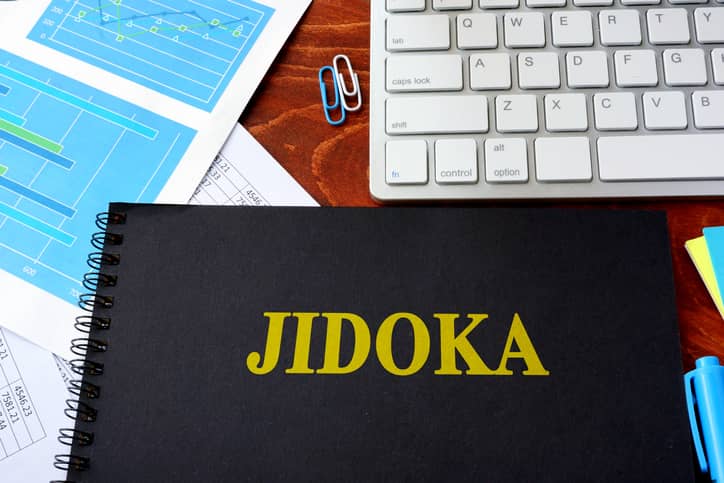Toyota first created obeya rooms during production of the Prius in the 1990s. Since then, organizations across many industries have put the concept into action. Obeya, which means “large room” in Japanese, involves bringing together departmental leaders to focus on big picture issues involved with a single project or initiative.
In the case of the Toyota Production System, the single issue was creation of the Prius, which reached the market about a dozen years before competitors and remains among the most popular electric vehicles. That success drew the attention of other business leaders looking to emulate Toyota’s approach and achieve similar outcomes.
Creating an obeya room is akin to creating a “war room,” a command center that draws together leaders from across departments in an organization. While most often associated with product development, obeya also is useful as the command center for managing a new business strategy, software development, project management and workflow management. It’s become a powerful addition to the Lean toolbox.
An Obeya Room Can Help Break Down Silos
Silos exist in workplaces, often for good reasons. They house experts in specific areas who work well together to accomplish specific functions. The issue for leaders is interlocking the efforts of these experts into a cohesive, successful whole.
Basketball offers a suitable analogy. A basketball team has three-point shooters, defensive specialists, mid-range shooters, those who work “in the paint” near the basket, and players who see the whole court well and distribute the ball to other players so they can score. Each has their own skill sets and work hard on perfecting them. However, in order to win, a smart coach practices the team together, connecting their skills to create an effective team.
It’s much harder than it looks. Think for a moment of how many basketball teams do one or two things well, but still languish near the bottom of the standings.
The same is true in business. Information technology, human resources, marketing, legal and sales all work separately, have their departmental goals, and leverage their expertise to achieve them. But a vision of how they interlock into a cohesive whole is needed for organizational success. It’s difficult because they don’t always have a complete vision of how their efforts interact with overall strategy.
Development of that vision must start at the top, which is why an obeya room brings together leaders from all the departments involved in a project.
The overarching philosophy behind obeya comes from Lean. Ultimately, everything must focus on how the final product – the result of different specialists working together – creates value for the customer.
An obeya room helps organizations create this value by bringing together managers across an organization. As Gemba Coach Michael Ballé writes, “An obeya is clearly a tool of teamwork: helping managers in various functions solve problems across their borders.”
An obeya room gives leaders a clear view of what everyone is working on, as well as why and how. They also can see how their own department’s efforts support or hinder their colleagues.
Setting Up An Obeya Room
Another way to think of an obeya room is as “ground control” for your Lean project mission. In that light, the first job is to determine what the goal is for the project or business strategy. You must know what success will look like even before you start.
As for who to invite, Takeshi Uchiyamada, the Toyota Chief Engineer who led the Prius project, offers an example. Tasked with building a car for the 21st century, he created the obeya. He realized that to create the new car in a compressed timeline, he needed to integrate the efforts of diverse experts in engineering, design, production – everyone who had a hand in the final product. Eventually, the meetings started to include new people, such as representatives of marketing and sales. He met with leaders from each area two to three times a week, with the number of meetings accelerating as the project deadline approached.
The idea has since spread to other industries. For example, Nike set up an obeya for its IT department in Europe.
Those who set up an obeya room should think along the same lines as the visionary Uchiyamada. Other facets of an obeya room include:
- A3 reports put down a problem, an analysis of the issue, proposed solutions, and an action plan in one place. Using these in an obeya room can help managers track significant issues.
- Charts and graphs on the wall can display the planned strategy and track progress through milestones.
- When challenges arise, visual information can display proposed solutions. The idea is to have all information available to everyone at all times.
It’s important to note that most do not see an obeya as a tool for looking at the details of a specific project. It’s meant more for debating and discussing big picture issues, creating an understanding of how all departments work together toward a single goal, and thinking deeply about customer needs, key performance indicators and end goals.
It also serves to develop teamwork at the management level and keep everyone focused on accomplishing strategy.



